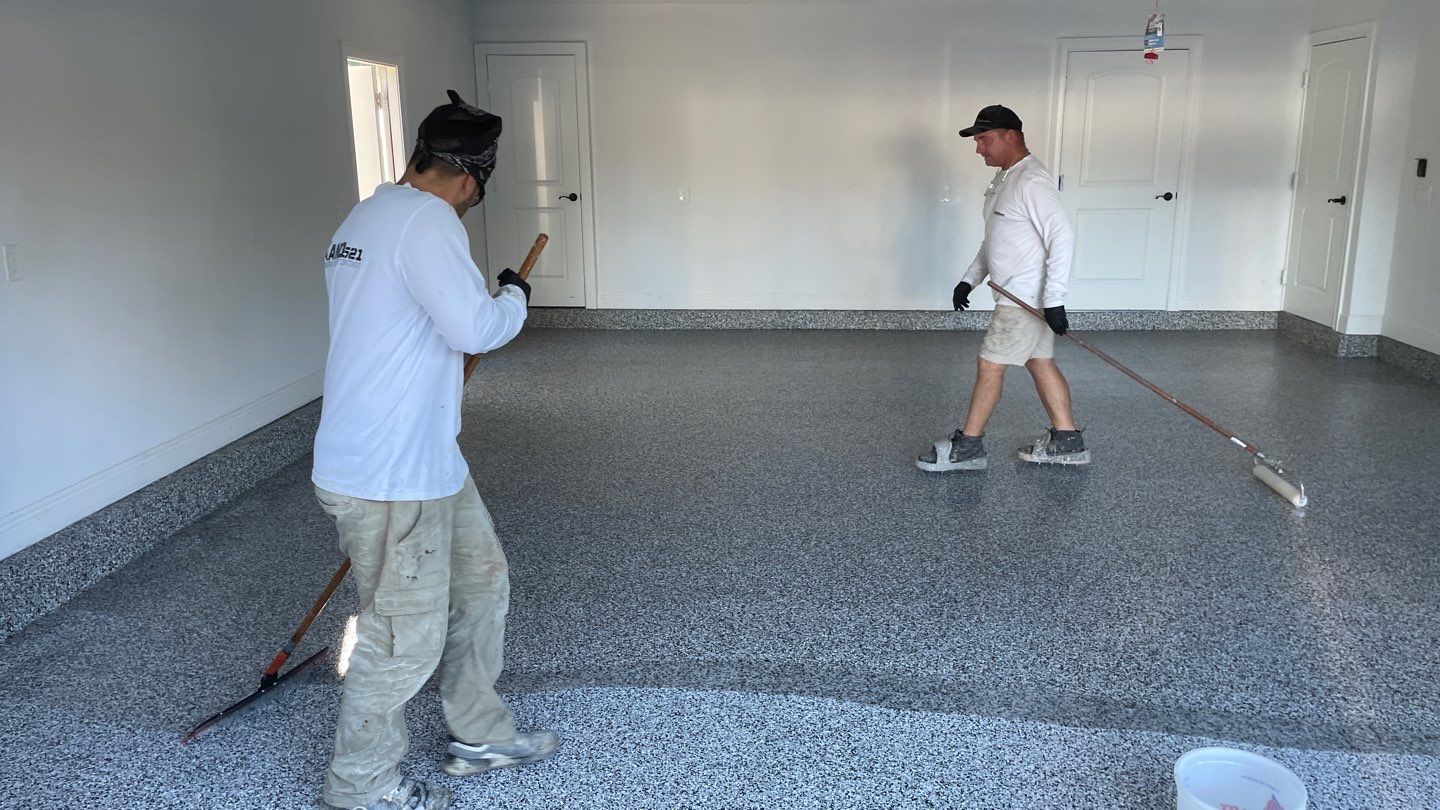In the realm of industrial solutions, the evolution of materials plays a pivotal role in shaping the efficiency, durability, and adaptability of various products and structures. Among the multitude of materials, aromatic polyurea stands out as a versatile and indispensable compound with a wide array of applications across diverse industries. Its unique properties and remarkable versatility make it a go-to choice for numerous challenging projects, offering a blend of strength, flexibility, and resilience that few other materials can match.
Understanding Aromatic Polyurea
Aromatic polyurea is a type of elastomer renowned for its exceptional characteristics. It is formed by the reaction of an aromatic isocyanate component with a resin blend, creating a substance known for its high abrasion resistance, impressive flexibility, excellent chemical resistance, and exceptional durability. This amalgamation of traits renders aromatic polyurea suitable for a multitude of applications across various sectors.
Industries Embracing Aromatic Polyurea
1. Construction and Infrastructure
In the construction domain, aromatic polyurea finds widespread use due to its waterproofing abilities, corrosion resistance, and structural enhancement properties. It is utilized in coating systems for bridges, tunnels, parking structures, and roofs, providing a protective barrier against moisture, chemicals, and abrasion. The rapid curing nature of polyurea also minimizes downtime, making it an ideal choice for fast-paced construction projects.
2. Automotive and Transportation
The automotive sector benefits from aromatic polyurea in numerous ways. It serves as a protective coating for truck beds, providing a robust shield against impact, chemicals, and weathering. Additionally, it is used in various vehicle components due to its lightweight nature and resistance to corrosion, contributing to the durability and longevity of automotive parts.
3. Industrial Manufacturing
Aromatic polyurea plays a crucial role in industrial manufacturing processes. Its application spans from protective linings in chemical processing tanks to corrosion-resistant coatings for pipes and valves. The material’s resistance to chemicals and abrasion makes it invaluable in environments where harsh substances are handled regularly.
4. Oil and Gas
In the oil and gas industry, where extreme conditions are the norm, aromatic polyurea finds its niche. It is utilized in pipeline coatings, tank linings, and offshore structures due to its ability to withstand harsh environmental factors such as corrosion, abrasion, and chemical exposure.
Applications of Aromatic Polyurea
1. Waterproofing and Sealing
Aromatic polyurea’s exceptional waterproofing properties make it an ideal choice for sealing applications. Whether used in roofs, foundations, or tanks, its ability to create a seamless, impermeable barrier ensures protection against moisture infiltration.
2. Corrosion Protection
The material’s resistance to corrosion makes it invaluable for protecting various surfaces exposed to harsh chemicals or corrosive elements. This includes applications in pipelines, marine structures, and chemical processing plants.
3. Impact and Abrasion Resistance
Aromatic polyurea’s robustness against impact and abrasion makes it a preferred choice for protective coatings in environments prone to wear and tear. This is especially evident in truck bed liners, flooring systems, and machinery coatings.
Future Prospects and Innovations
As technology advances and the need for more resilient and adaptable materials grows, the applications of aromatic polyurea are likely to expand further. Ongoing research and development are focused on enhancing its properties, such as increasing UV resistance, introducing self-healing capabilities, and exploring eco-friendly formulations to meet evolving industry demands.
Aromatic polyurea stands tall as a material of remarkable versatility, finding its way into numerous industries and applications due to its unparalleled combination of strength, flexibility, and resistance. Its role in protecting, enhancing, and prolonging the life of various structures and products makes it an indispensable asset across multiple sectors, showcasing its significance in the ever-evolving landscape of industrial solutions.
